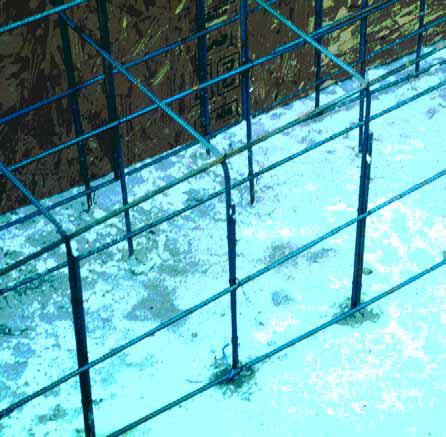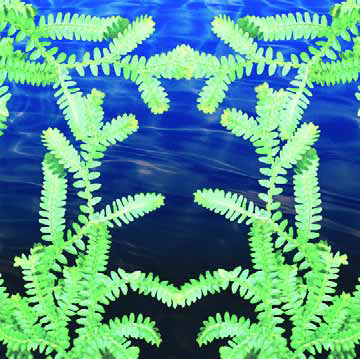Books dedicated specifically to swimming pools are of immediate and obvious utility to a great many watershapers. I've found valuable ideas from such publications through the years - despite the fact that much of the time their content is aimed at consumers rather than professionals. One thing that has disappointed me in many of these pool-focused publications is that the pool industry itself is not very well represented. Instead, what you usually see is the work of landscape architects, architects and other designers. In many cases their work is beautiful and deserving of attention, but the general exclusion of the work of
Of all the things I've learned in my work as a watershape designer and builder, one particular point stands out: When it comes to ensuring quality results and a project's success, there's absolutely no substitute for good supervision! I say this knowing that most job sites run by people in the pool industry are inadequately supervised if they're supervised at all. Yet experience shows, time and time again, that while complete, professional plans are part of success and that great subcontractors are essential, constant oversight is the absolute
Very often when I'm selecting a plant palette with a client, I'll hear the words, "I hate ferns." I'm not sure what it is about these botanical beauties that evokes such a visceral reaction from people - except maybe that they were overused in floral arrangements during the 1970s and 1980s? I'm not sure what's going on here, and if any of you know a soild reason for this dismissal, please educate me! For my purposes, ferns are one of the most versatile plants available. They typically prefer
What makes for a great natural-style watershape? That's a huge question - one which a great many people have devoted their careers to exploring and for which almost every one of us will have a slightly different answer. As you will see here, my own response to the question starts with even more questions about the site, my clients and the surrounding structures and vegetation - questions I ask myself as I approach each individual design assignment and decide how far
Did your high school have a swimming pool? If so, you were lucky. In my case, the high school I attended did not have a pool, and only now do I fully see how much I
Cascades and waterfalls are different from most other types of watershapes. In ponds, for example, the quiet reflective surface of the water serves to accentuate elements within the water, such as the plants, fish and rock materials, while reflecting the features surrounding it. That same reflectivity is a hallmark of pools as well. Our purpose in setting up cascades and waterfalls is, by contrast, to highlight the water itself, and specifically the beauty of water in motion. As it flows over and around rocks and descends through natural weirs and cascades, the water itself creates interest, excitement and soothing sounds. There's also a greater sense of variety when you make the water move. Within relatively small spaces, we set water up to rush and meander, cascade and roll, tumble and trickle - all by way of conjuring impressions of a natural stream moving down a grade. Using moving water in this way - in mimicry of nature - is a true watershaping specialty, and volumes could be written about what it takes to make these scenes believable. For now, however, let's focus on setting up headwaters - a feature we at Xstream Ponds in Cashiers, N.C., have come to see as the key to
It should be a given, but it isn't: Despite the fact that proper pump installation is critical to ensuring the reliable and efficient functioning of any watershape's circulation system, too often installers will take shortcuts that compromise performance and shorten a pump's life. In this article, hydraulic expert Steve Gutai opens a new series on proper hydraulics with a concise look at what it takes to get the installation done the right way.
Perhaps the hardest thing for a watershaper to accomplish is to take a set of someone else's drawings, plans, sections and elevations, roll them all around together and come up with an accurate, three-dimensional, living interpretation of an architect's vision. The project shown here is a prime example of what's involved in this process. Designed by senior landscape architect Patrick Smith of the Austin, Texas, firm of Richardson Verdoorn, the plans called for three separate streams ranging in length from 50 to 80 feet (with each dropping 36 inches over various weirs) - all converging on a rocky
One of the things I like most about working with water is that it makes statements that don't require much verbal explanation. In fact, I like to think that the projects I build speak volumes about my clients' desire for something creative and interesting. They also speak to the point that most of my clients grant me the freedom to give my very best effort, both aesthetically and technically, without many constraints. Not all the work I do is so modern in style or approach as the project pictured in these pages, but this one illustrates a principle that's become a






















